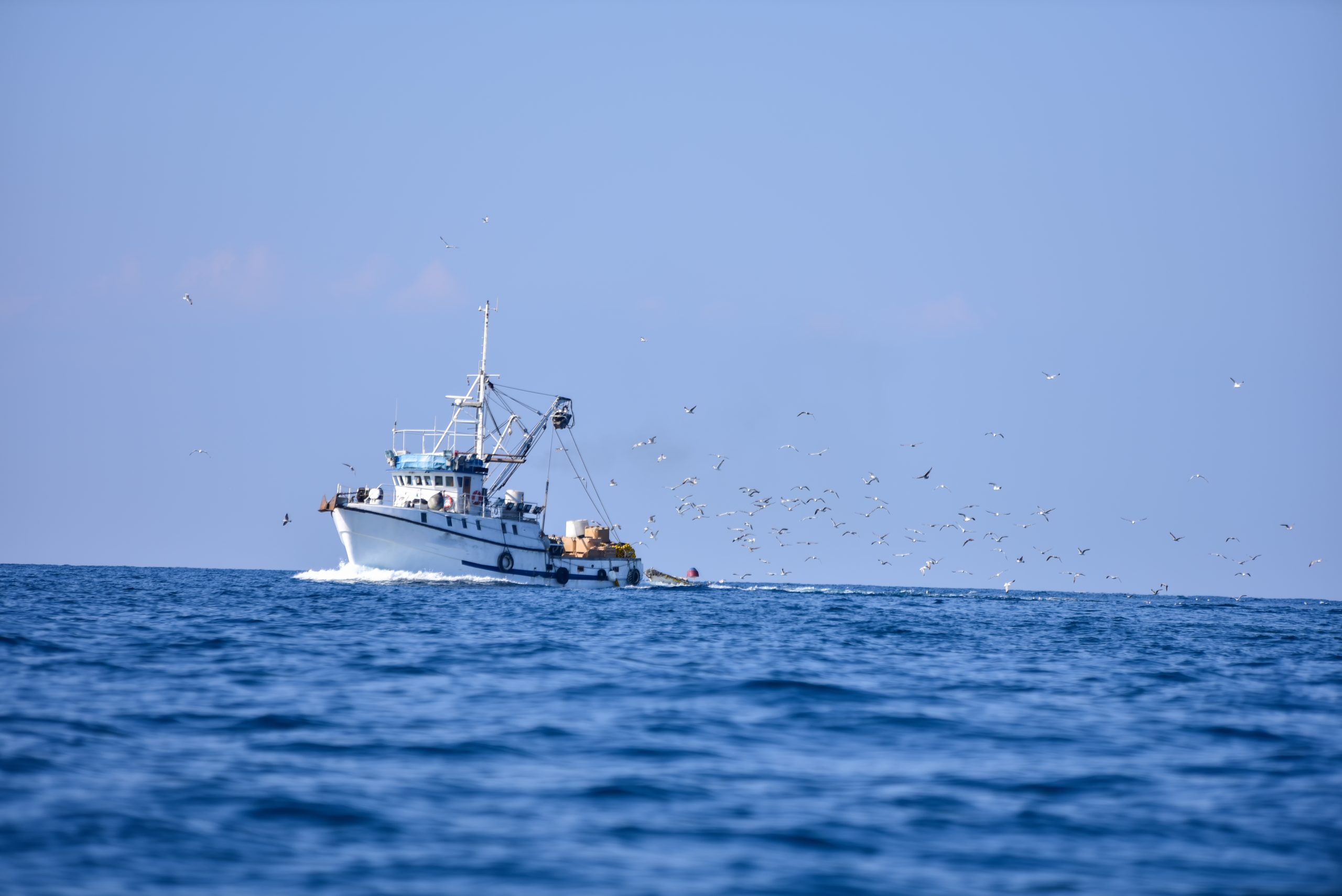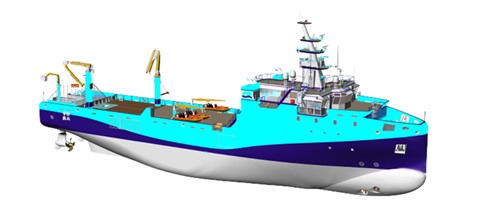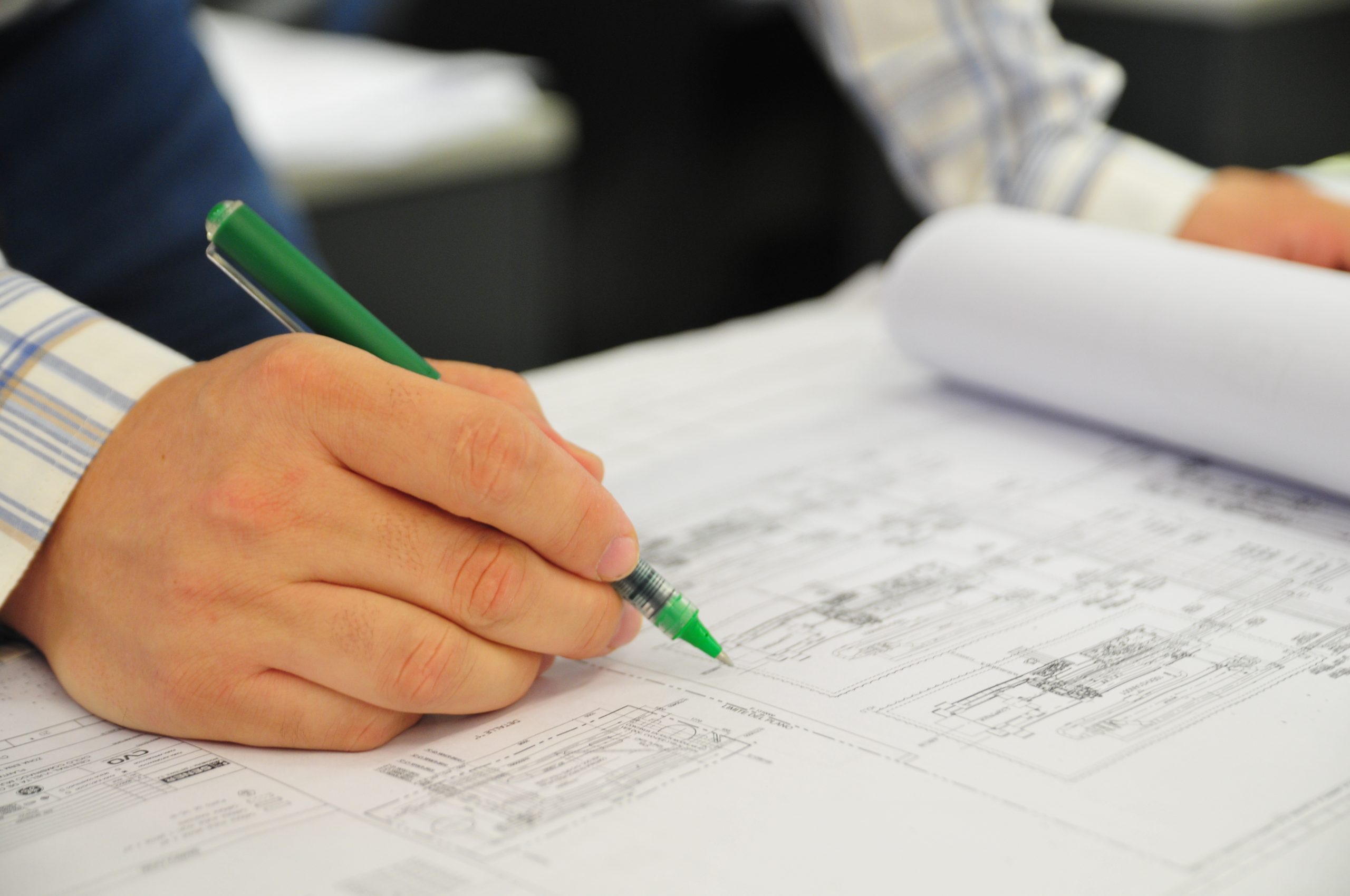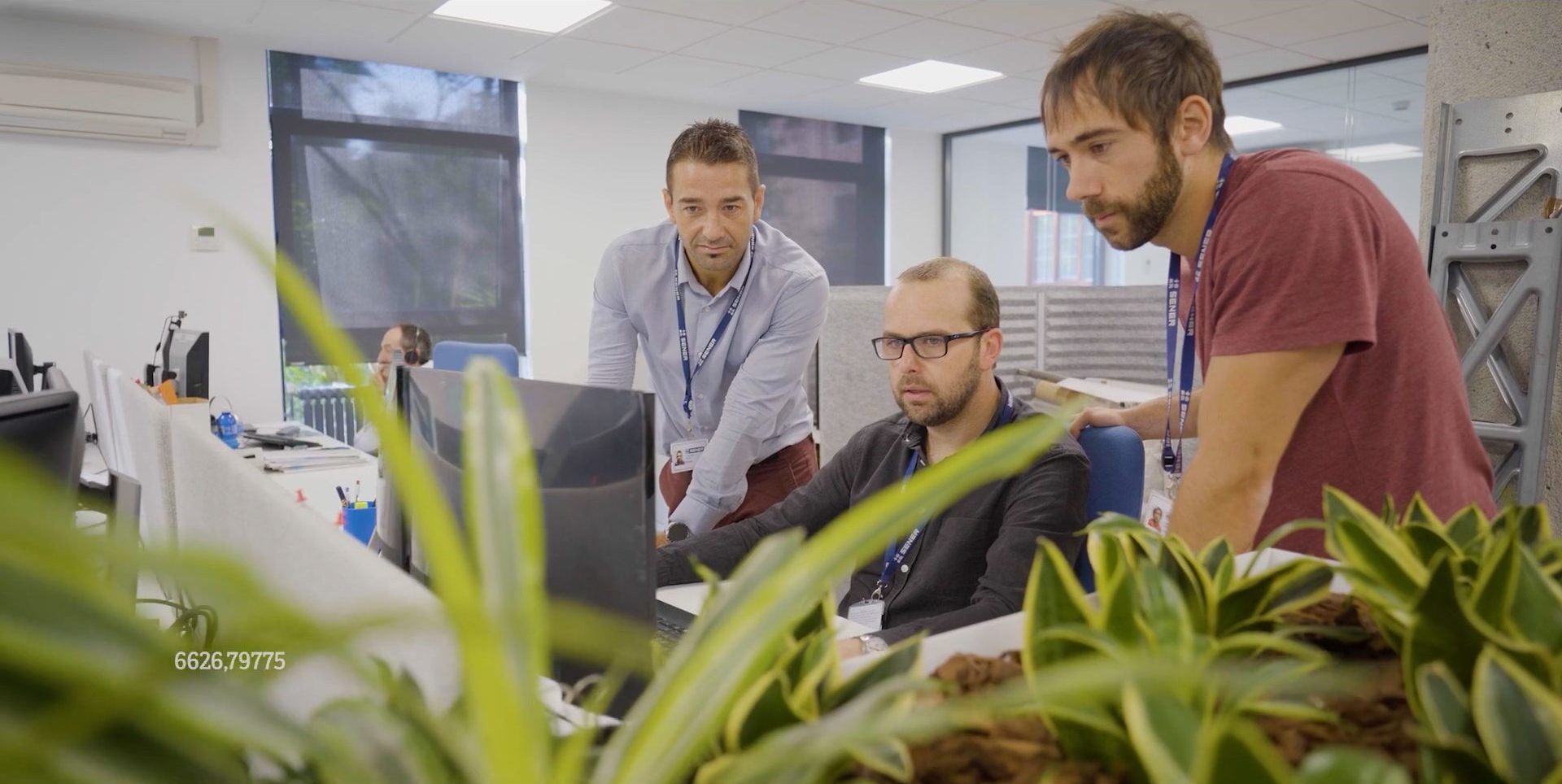
- Marine
Categories:
The Spanish fishing fleet uses a wide variety of vessels that rely on the art of netting or dragnet to capture fish in pelagic banks (i.e., those that live at medium depths). Anchovies, sardines, tuna… Some of the most common fish, with their innumerable regional varieties, are caught using this classic fishing method that employs large nets.
In fishing vessels in general, and in the case of seine fishing in particular, there is a wide margin to improve the technology. Traditionally, the methods used on the vessels have not changed much, but the technology around them that fishermen can benefit from certainly has, whether they are refrigerated tuna vessels, which trawl in far-off fishing grounds, or the fleet of versatile, inshore fishing vessels that work the Cantabrian Sea and the waters of Galicia, for example.

An industry that does not evolve and does not adapt to new times is doomed to disappear. Little by little, the profits produced by a current fishing vessel will be reduced and the time will come when it ceases to be profitable and operational. The factors may be multiple:
- Constant rise in the price of fuel, which increases operating costs.
- Reduction in fish sales prices, aggravated by increased competition from emerging markets.
- Increased environmental requirements, restriction of emissions and safety on board vessels.
- Increased restrictions on the way fish are caught.
These days, technology can significantly reduce operating, fuel and maintenance costs. Some of the options are, for example, optimizing the systems for loading and preserving fish, and minimizing the duration of unloading operations.
By combining the latest technology and adapting it to traditional fishing systems, it is possible to develop new models for more efficient and sustainable fishing vessels. For example, another of the main advances and new proposals revolves around the electrification of ships, thus eliminating or minimizing the use of hydraulics and conventional propulsion systems, which can be replaced by a diesel-electric propulsion and generation system.
These and other advances mean potential improvements in reducing fuel by up to 12%, or weight by up to 5%, in concepts designed and tested by Sener. By committing to more efficient designs and new propulsion models, better performance can be achieved at sea, significantly reducing the ship’s resistance to motion.
Want to know more? Read the full article in Buques y Equipos magazine
Fermín Monterrubio
Director de proyecto
A Marine Engineer with postgraduate studies in Innovation Management from the Polytechnic University of Madrid (UPM) and a Master's degree in Project Management from the European Institute of Business Studies, he has 18 years of experience in ship design and construction, working in technical offices and shipyards as a Designer, Project Manager, and Production Manager. Throughout his professional career, he has led the design and construction of various types of vessels, including chemical tankers, offshore supply vessels, rescue vessels, tugboats, fishing vessels, icebreakers, and dredging vessels. He is currently an Engineering Project Manager specializing in armament, machinery, and conceptual ship design.









